Home>Gardening & Outdoor>Landscaping Ideas>How To Take Care Of Centipede Grass
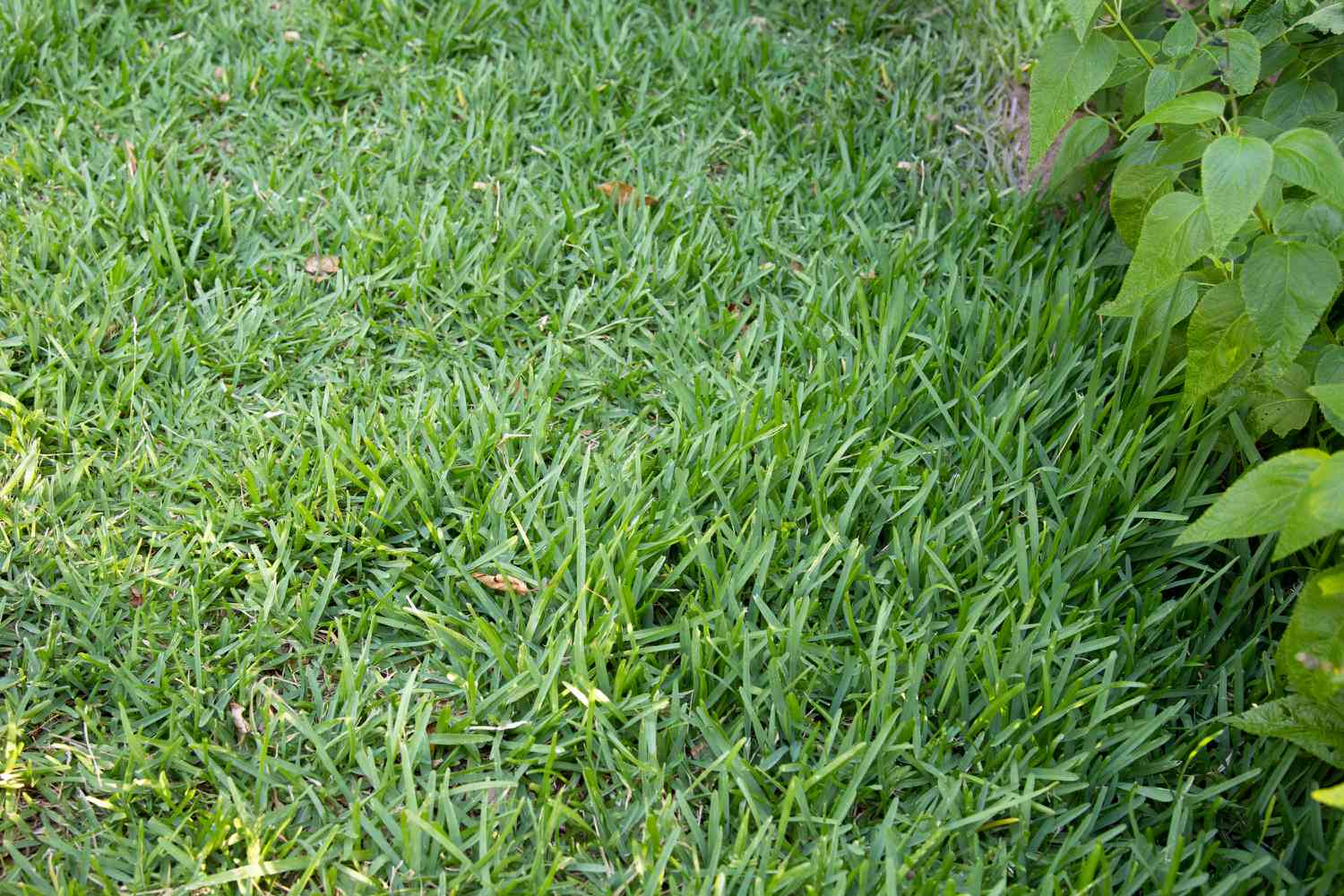

Landscaping Ideas
How To Take Care Of Centipede Grass
Modified: February 18, 2024
Discover essential landscaping ideas for centipede grass care. Learn how to maintain a healthy and vibrant centipede grass lawn with expert tips and advice.
(Many of the links in this article redirect to a specific reviewed product. Your purchase of these products through affiliate links helps to generate commission for Storables.com, at no extra cost. Learn more)
**
Introduction
**
Centipede grass is a popular choice for lawns in the southern United States due to its low maintenance requirements and attractive, lush appearance. This warm-season grass species, scientifically known as Eremochloa ophiuroides, is valued for its ability to thrive in acidic and infertile soil, making it an ideal option for homeowners seeking a visually appealing lawn without the need for excessive upkeep.
In this comprehensive guide, we will delve into the best practices for caring for centipede grass, covering essential aspects such as watering, fertilizing, mowing, weed control, pest management, and winter maintenance. By understanding the specific needs of centipede grass and implementing proper care techniques, you can ensure that your lawn remains healthy, vibrant, and resilient throughout the year.
Whether you are a seasoned centipede grass enthusiast or are considering this grass variety for your lawn, this guide will equip you with the knowledge and insights necessary to foster a thriving centipede grass lawn. Let's embark on this journey to discover the best methods for nurturing and maintaining the beauty of centipede grass.
Key Takeaways:
- Centipede grass thrives in the southern United States due to its low maintenance needs, heat tolerance, and adaptability to acidic soil. Proper care, including deep watering and targeted fertilization, ensures a vibrant and resilient lawn.
- Maintaining a lush centipede grass lawn involves proactive weed control, pest management, and winter care. By staying attentive to the grass’s needs and addressing issues promptly, homeowners can create a captivating outdoor space.
Understanding Centipede Grass
Before delving into the intricacies of caring for centipede grass, it’s essential to develop a comprehensive understanding of this warm-season turfgrass variety. Centipede grass is characterized by its coarse texture, low growth habit, and light green color, which contribute to its visually appealing aesthetic. This grass species thrives in regions with warm and humid climates, making it an ideal choice for lawns in the southern United States.
Centipede grass is renowned for its remarkable adaptability to various soil types, including sandy, acidic, and infertile soils. Its ability to thrive in acidic conditions sets it apart from other grass species, as it can withstand pH levels as low as 4.0. This unique tolerance to acidic soil makes centipede grass an attractive option for homeowners who may struggle with soil acidity in their lawn areas.
One of the key advantages of centipede grass is its low maintenance requirements. Unlike other warm-season grasses, centipede grass exhibits slow growth, reducing the frequency of mowing and maintenance. Additionally, its relatively low nitrogen requirements contribute to its cost-effective and sustainable nature.
Moreover, centipede grass displays excellent heat tolerance, allowing it to thrive in hot and sunny environments. This resilience to heat stress makes it a preferred choice for regions with prolonged periods of high temperatures.
Understanding the unique characteristics and preferences of centipede grass is crucial for implementing effective care practices. By recognizing its adaptability, low maintenance needs, and heat tolerance, homeowners can make informed decisions when nurturing their centipede grass lawns, ultimately leading to a healthy and vibrant outdoor space.
Watering Centipede Grass
Proper watering is essential for maintaining the health and vitality of centipede grass. While this grass variety exhibits a degree of drought tolerance, it is crucial to provide adequate moisture to ensure optimal growth and resilience, especially during dry spells or periods of high temperatures.
Centipede grass thrives when it receives approximately 1 inch of water per week, either from rainfall or irrigation. However, it’s important to monitor environmental conditions and adjust the watering schedule accordingly. During hot and dry weather, increasing the frequency of watering can help prevent the grass from becoming stressed due to moisture deficiency.
When watering centipede grass, it is advisable to do so deeply and infrequently. This approach encourages the development of a robust root system as the grass plants seek moisture deeper within the soil. Rather than frequent shallow watering, which can lead to shallow root growth and increased susceptibility to drought, deep watering promotes stronger and more resilient grass plants.
It is recommended to water centipede grass in the early morning to allow the foliage to dry before evening, reducing the risk of fungal diseases. Additionally, watering in the morning helps minimize water loss through evaporation, ensuring that the grass plants receive the maximum benefit from the irrigation.
Furthermore, it is essential to observe the signs of water stress in centipede grass. If the grass begins to display a dull bluish-gray hue or the leaf blades show signs of wilting or folding, it indicates that the lawn requires watering. By being attentive to these visual cues, homeowners can promptly address the grass’s moisture needs, preventing potential damage or stress.
Understanding the specific watering requirements of centipede grass and implementing a well-managed irrigation regimen are fundamental to sustaining a healthy and vibrant lawn. By providing consistent and appropriate moisture, homeowners can ensure that their centipede grass thrives, even during challenging environmental conditions.
Fertilizing Centipede Grass
Fertilizing centipede grass is a crucial aspect of lawn care that directly impacts its overall health, color, and growth. Proper fertilization provides essential nutrients that support the grass’s development and help maintain its lush and vibrant appearance. Understanding the specific fertilizer requirements and application techniques for centipede grass is essential for promoting optimal growth and resilience.
Centipede grass typically has low nitrogen requirements compared to other warm-season grasses, making it important to use fertilizers specifically formulated for this grass variety. A balanced, slow-release fertilizer with a nitrogen-phosphorus-potassium (N-P-K) ratio of 15-0-15 or similar proportions is suitable for centipede grass. This type of fertilizer provides the necessary nutrients while minimizing the risk of excessive nitrogen, which can be detrimental to centipede grass.
It is advisable to fertilize centipede grass in late spring or early summer, once the grass has started actively growing. Applying fertilizer during this period supports the grass’s development and helps it withstand the stresses of the upcoming summer months. Additionally, a second application of fertilizer can be made in late summer or early fall to further bolster the grass’s health before the onset of winter dormancy.
When fertilizing centipede grass, it is important to follow the recommended application rates provided by the fertilizer manufacturer. Over-fertilization can lead to excessive shoot growth, increased thatch accumulation, and heightened susceptibility to certain diseases. Conversely, under-fertilization may result in pale or yellowing grass, indicating a lack of essential nutrients.
Furthermore, it is beneficial to water the lawn immediately after applying fertilizer to facilitate its absorption into the soil and minimize the risk of potential leaf burn. Watering also helps distribute the nutrients effectively, ensuring that the centipede grass can access the essential elements for growth and development.
By adhering to a well-planned fertilization schedule and using appropriate fertilizers, homeowners can effectively support the health and vigor of their centipede grass lawns. Proper fertilization contributes to the grass’s resilience, color, and overall well-being, ultimately enhancing the visual appeal of the outdoor space.
Mowing and Trimming Centipede Grass
Proper mowing and trimming practices are integral to maintaining the health and visual appeal of centipede grass lawns. By adhering to the recommended mowing techniques and schedules, homeowners can promote healthy growth, prevent thatch buildup, and ensure an aesthetically pleasing lawn throughout the growing season.
Centipede grass typically thrives when mowed at a height of 1.5 to 2 inches. Maintaining this moderate mowing height helps the grass develop a dense and lush appearance while also contributing to its ability to resist weeds and certain pests. Mowing centipede grass too short can stress the plants and impede their growth, potentially leading to a weakened lawn.
It is advisable to mow centipede grass regularly, especially during the active growth phase in spring and summer. However, during periods of drought or heat stress, adjusting the mowing frequency to reduce stress on the grass is beneficial. Additionally, it is essential to ensure that the mower blades are sharp to achieve clean cuts, as dull blades can tear the grass, leaving it vulnerable to disease and discoloration.
When trimming the edges of the lawn, it is important to exercise care to avoid damaging the grass. Using a string trimmer or edging tool, homeowners can neatly define the borders of the lawn, creating a polished and well-maintained appearance. This attention to detail enhances the overall visual impact of the centipede grass lawn.
Furthermore, leaving grass clippings on the lawn after mowing can provide valuable nutrients to the soil as they decompose. This natural process, known as grasscycling, contributes organic matter and essential nutrients back to the lawn, supporting its overall health and vitality. However, it is important to ensure that the grass clippings are evenly dispersed to prevent the accumulation of thatch.
By adopting appropriate mowing heights, schedules, and techniques, homeowners can effectively nurture their centipede grass lawns, fostering a lush, well-maintained, and visually appealing outdoor space. Consistent and attentive mowing and trimming practices play a pivotal role in preserving the health and aesthetic charm of centipede grass lawns throughout the growing season.
Water centipede grass deeply and infrequently, about 1 inch per week. Avoid frequent light watering, as it can promote shallow root growth.
Read more: What Is Centipede Grass
Controlling Weeds in Centipede Grass
Maintaining a weed-free centipede grass lawn is essential for preserving its lush appearance and promoting healthy growth. Weeds not only detract from the visual appeal of the lawn but also compete with centipede grass for essential nutrients, water, and sunlight. Implementing effective weed control measures is crucial for ensuring that the centipede grass thrives and remains resilient against invasive plant species.
Preventive measures, such as promoting dense and vigorous grass growth through proper watering, fertilization, and mowing, can help minimize the establishment of weeds in the lawn. Additionally, addressing bare or thin areas by overseeding with centipede grass can further inhibit weed encroachment by reducing available space for weed seeds to germinate.
When weeds do emerge in the centipede grass lawn, it is important to employ targeted control methods while minimizing the impact on the grass. Spot-treating weeds with a selective herbicide formulated for centipede grass can effectively eradicate unwanted plants without harming the grass. It is crucial to carefully read and follow the herbicide label instructions to ensure safe and effective application.
Furthermore, manual removal of weeds can be an efficient approach, particularly for isolated or sparse weed infestations. Using a handheld weeding tool, homeowners can meticulously extract weeds from the lawn, taking care to remove the entire plant, including the roots, to prevent regrowth. This method is especially beneficial for controlling weeds in specific areas without resorting to herbicides.
Implementing a regular inspection routine to identify and address weed growth promptly is instrumental in preventing widespread infestations. By staying vigilant and addressing weeds as soon as they appear, homeowners can maintain a healthy and pristine centipede grass lawn.
By integrating these targeted weed control strategies into the overall lawn care regimen, homeowners can effectively preserve the beauty and vitality of their centipede grass lawns. A proactive and attentive approach to weed management contributes to a flourishing and visually appealing outdoor environment, allowing centipede grass to thrive without the encumbrance of invasive plant species.
Dealing with Pests and Diseases in Centipede Grass
Maintaining the health and resilience of centipede grass involves addressing potential threats posed by pests and diseases. By understanding common issues that can affect centipede grass and implementing proactive measures, homeowners can safeguard their lawns against detrimental infestations and infections, preserving the grass’s lush and vibrant appearance.
One prevalent pest that can impact centipede grass is the fall armyworm. These voracious caterpillars can cause significant damage by feeding on the grass blades, leading to brown patches and thinning areas. Monitoring the lawn for signs of armyworm activity, such as irregular brown patches and increased bird activity, enables homeowners to detect infestations early and take appropriate action.
When addressing fall armyworm infestations, applying targeted insecticides can effectively control the pest while minimizing the impact on beneficial organisms in the lawn. It is essential to follow the product instructions and safety guidelines when using insecticides to ensure their efficacy and safe application.
In addition to pests, centipede grass is susceptible to certain diseases, including large patch and centipede decline. Large patch, characterized by circular areas of discolored grass, can be managed through cultural practices such as improving soil drainage and reducing thatch buildup. Fungicidal treatments may also be employed to control the spread of the disease and promote recovery.
Centipede decline, caused by a combination of factors such as improper maintenance and environmental stress, can manifest as thinning and yellowing of the grass. Addressing underlying issues, such as adjusting mowing heights and implementing proper watering and fertilization, can help mitigate centipede decline and restore the health of the lawn.
Implementing a proactive approach to pest and disease management, including regular monitoring and prompt intervention, is crucial for preserving the vitality and visual appeal of centipede grass lawns. By staying informed about potential threats and taking proactive measures, homeowners can effectively protect their centipede grass from the detrimental impact of pests and diseases, fostering a resilient and thriving outdoor environment.
Winter Care for Centipede Grass
As the colder months approach, preparing centipede grass for winter is essential to ensure its health and resilience during the dormant season. While centipede grass exhibits good cold tolerance, providing proper care and attention before and during winter can help safeguard its vitality, setting the stage for a vibrant and lush lawn in the following spring.
One critical aspect of winter care for centipede grass is to adjust the mowing height in late fall. Gradually lowering the mowing height to approximately 1 inch helps prevent excessive thatch accumulation and minimizes the risk of snow mold, a fungal disease that can affect grass during winter. Trimming the grass to an appropriate height before winter sets in contributes to a healthier lawn in the upcoming growing season.
Clearing the lawn of fallen leaves and debris is another important task before winter. Accumulated leaves can smother the grass and create an environment conducive to disease development. Raking or using a leaf blower to remove leaves from the lawn helps maintain optimal air circulation and reduces the risk of potential winter damage.
While centipede grass requires less water during winter dormancy, it is crucial to ensure that the lawn receives adequate moisture if prolonged dry spells occur. Supplemental irrigation during periods of inadequate rainfall helps prevent the grass from becoming excessively dry, contributing to its overall health and resilience during winter.
Furthermore, refraining from walking on frozen or frost-covered grass can help prevent damage to the dormant turf. Foot traffic on frozen grass can lead to compaction and potential injury to the grass plants, impairing their ability to recover in the spring. By minimizing activity on the lawn during winter, homeowners can preserve the integrity of the centipede grass.
By attending to these essential winter care tasks, homeowners can effectively prepare their centipede grass for the dormant season, ensuring that it remains robust and primed for healthy regrowth in the spring. Proactive winter care measures contribute to the long-term vitality and visual appeal of centipede grass lawns, laying the groundwork for a lush and vibrant outdoor space in the coming growing season.
Conclusion
Caring for centipede grass involves a combination of attentive maintenance, proactive management, and a deep understanding of the grass’s unique characteristics. By implementing the best practices outlined in this guide, homeowners can cultivate a thriving centipede grass lawn that exudes lushness, resilience, and visual appeal throughout the year.
Understanding the specific needs of centipede grass, including its adaptability to acidic soils, low maintenance requirements, and heat tolerance, is fundamental to providing optimal care. By recognizing these attributes, homeowners can tailor their maintenance and management approaches to align with the grass’s preferences, fostering a healthy and vibrant lawn.
From watering and fertilizing to mowing and weed control, each aspect of centipede grass care plays a pivotal role in sustaining the grass’s health and visual allure. Proper watering practices, including deep and infrequent irrigation, contribute to the development of a robust root system, while targeted fertilization supports the grass’s growth and color.
Maintaining an appropriate mowing height, addressing weeds and pests promptly, and preparing the lawn for winter dormancy are integral components of centipede grass care. By adhering to these practices, homeowners can nurture a centipede grass lawn that serves as a lush and inviting outdoor space for relaxation and enjoyment.
It is important to approach centipede grass care with a proactive mindset, regularly monitoring the lawn for signs of stress, infestations, or diseases. By staying attuned to the grass’s condition and promptly addressing any issues that arise, homeowners can uphold the health and aesthetic charm of their centipede grass lawns, fostering an outdoor environment that beckons with natural beauty and vitality.
Ultimately, the journey of caring for centipede grass is a rewarding endeavor that yields a vibrant, resilient, and visually captivating lawn. By embracing the insights and recommendations presented in this guide, homeowners can embark on a path to nurturing a centipede grass lawn that stands as a testament to their dedication to creating a thriving and enchanting outdoor retreat.
Frequently Asked Questions about How To Take Care Of Centipede Grass
Was this page helpful?
At Storables.com, we guarantee accurate and reliable information. Our content, validated by Expert Board Contributors, is crafted following stringent Editorial Policies. We're committed to providing you with well-researched, expert-backed insights for all your informational needs.
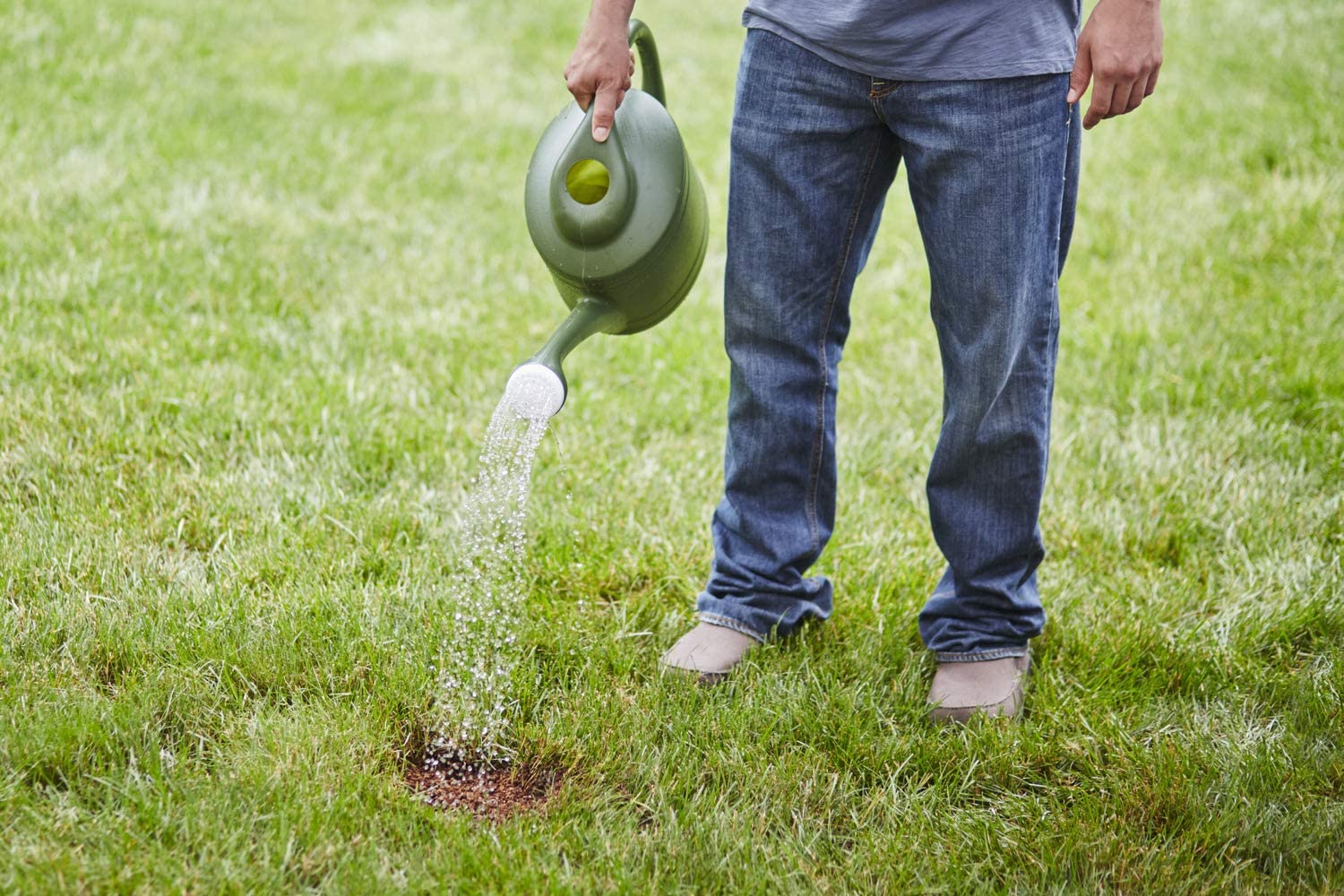
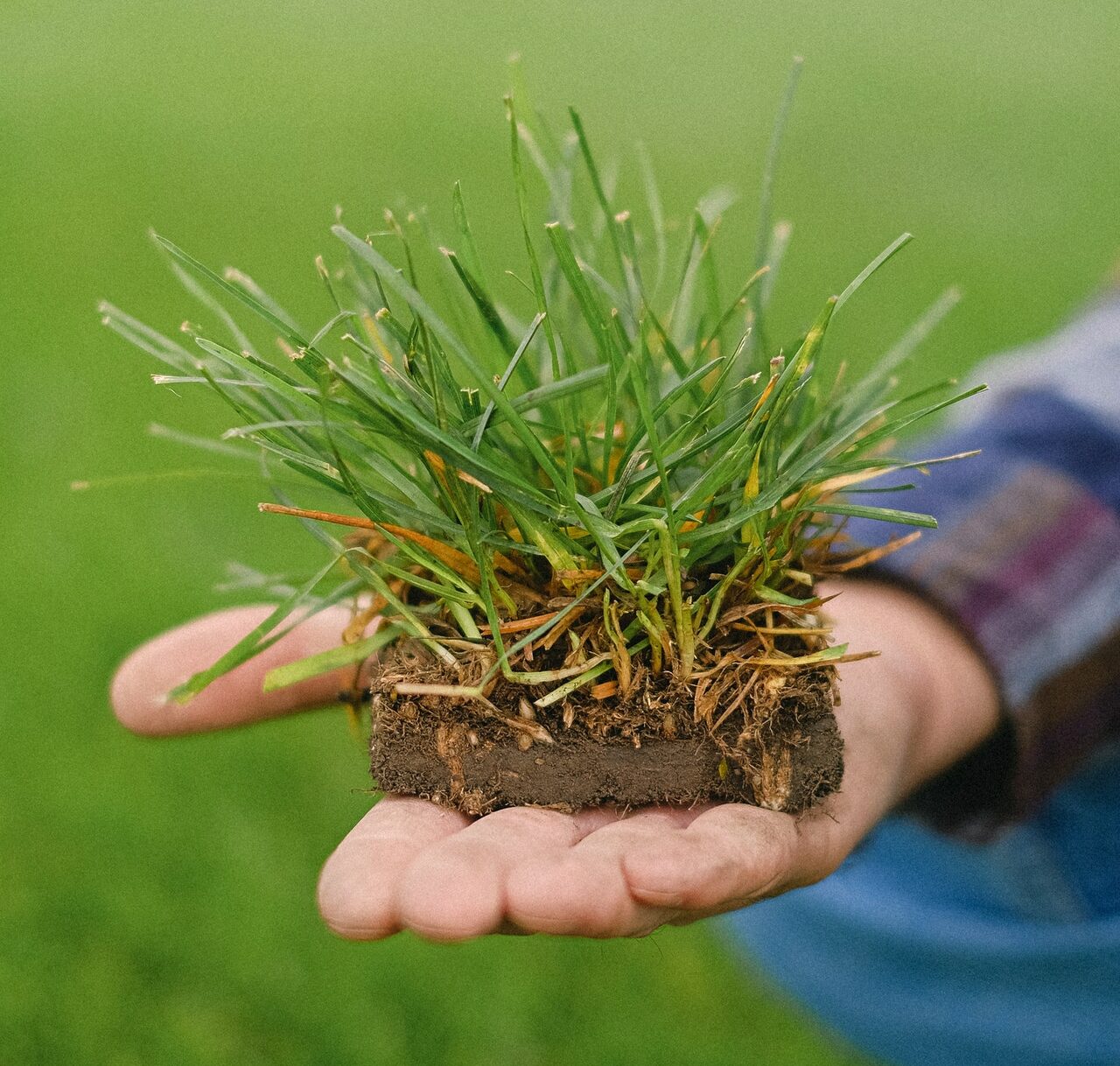
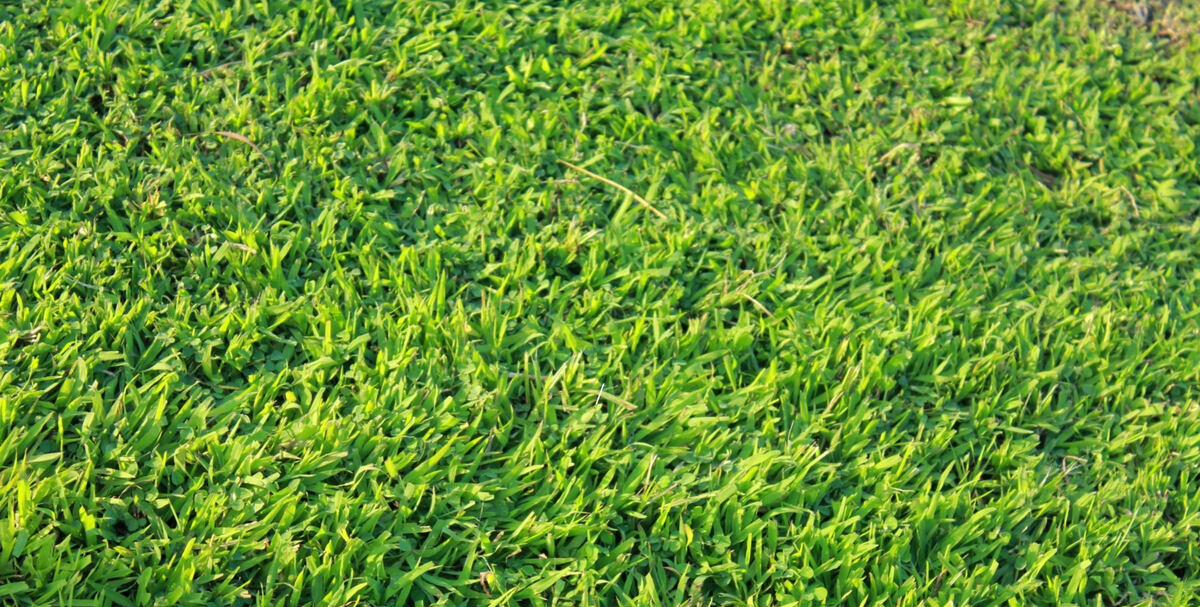
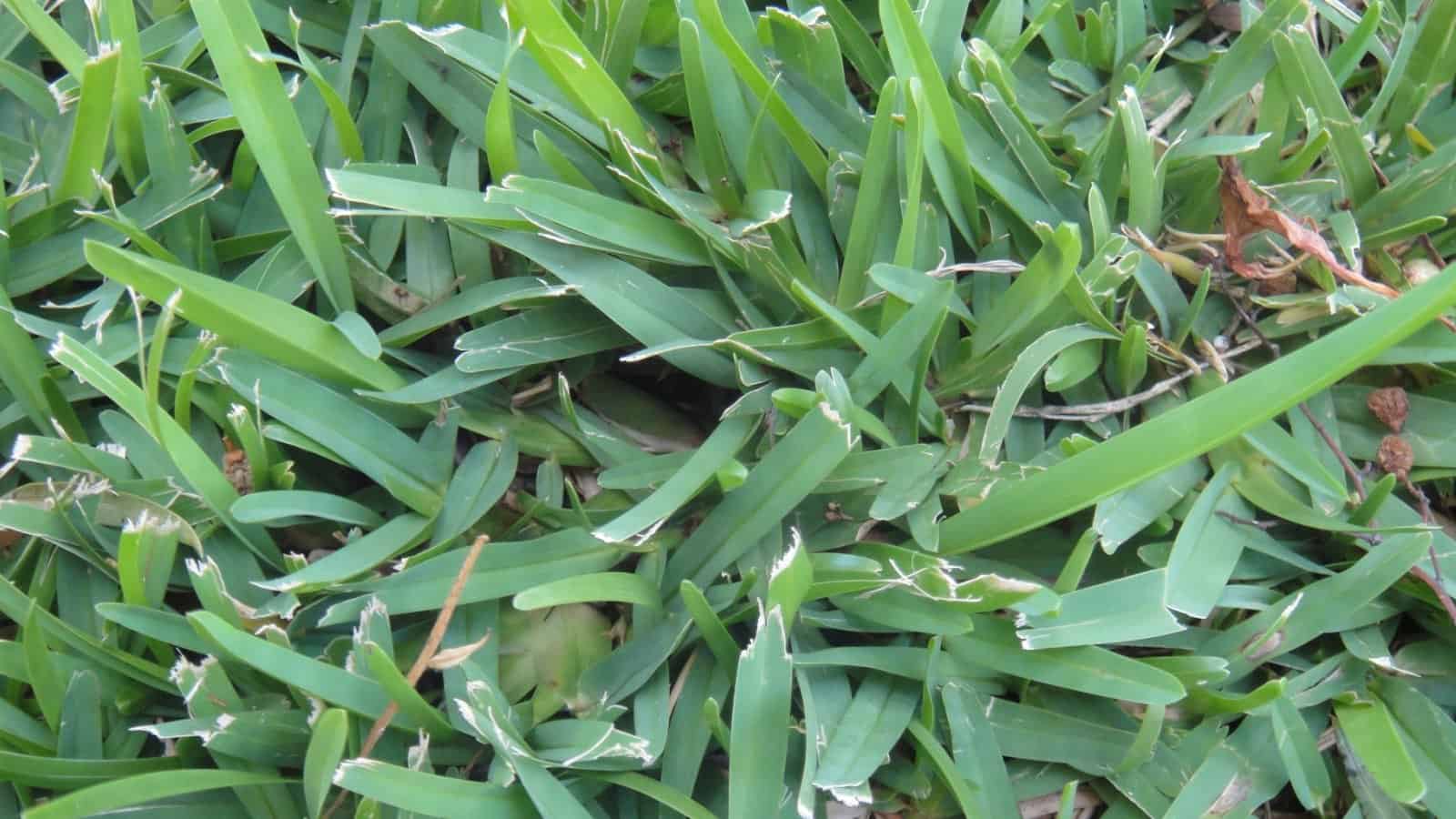
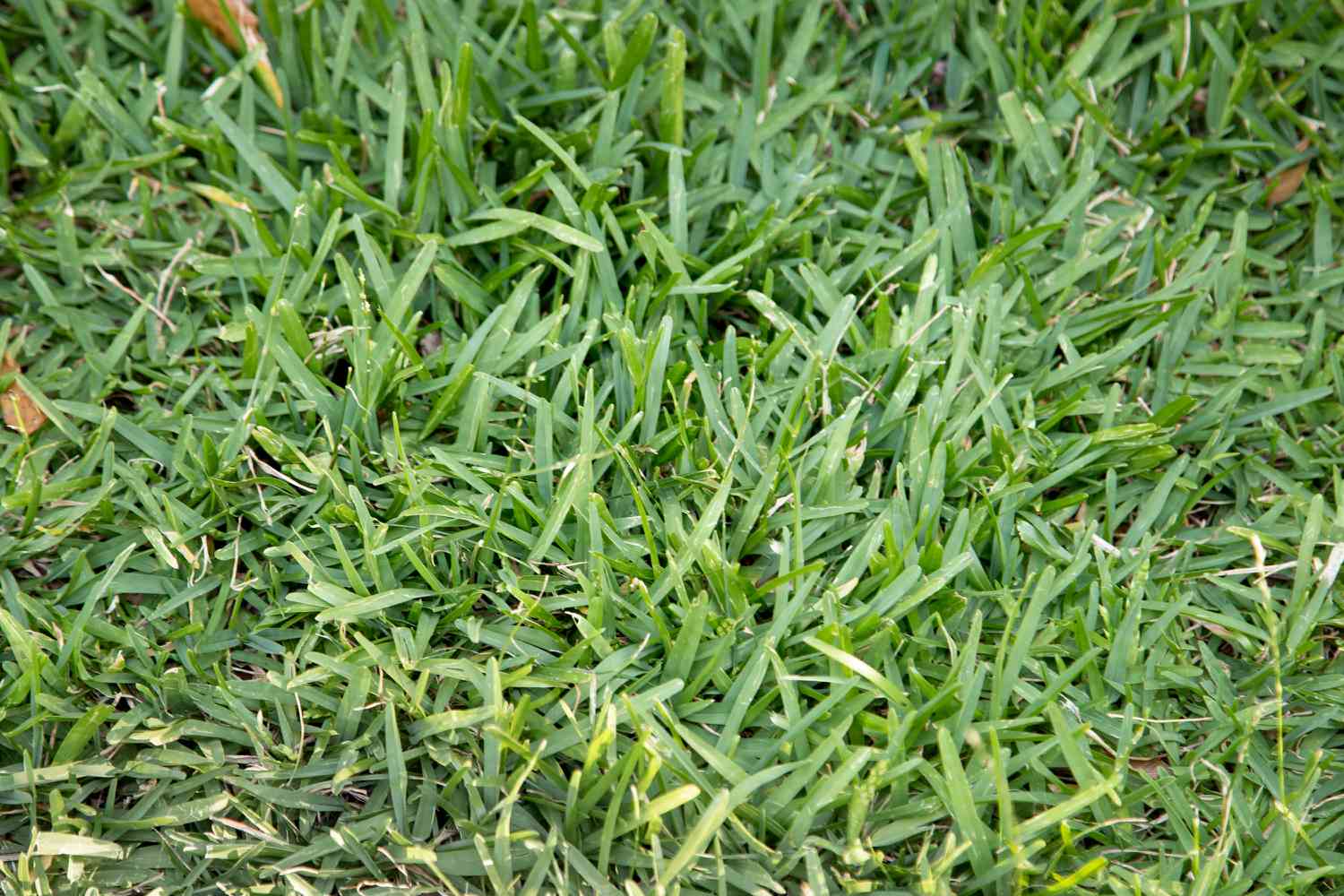
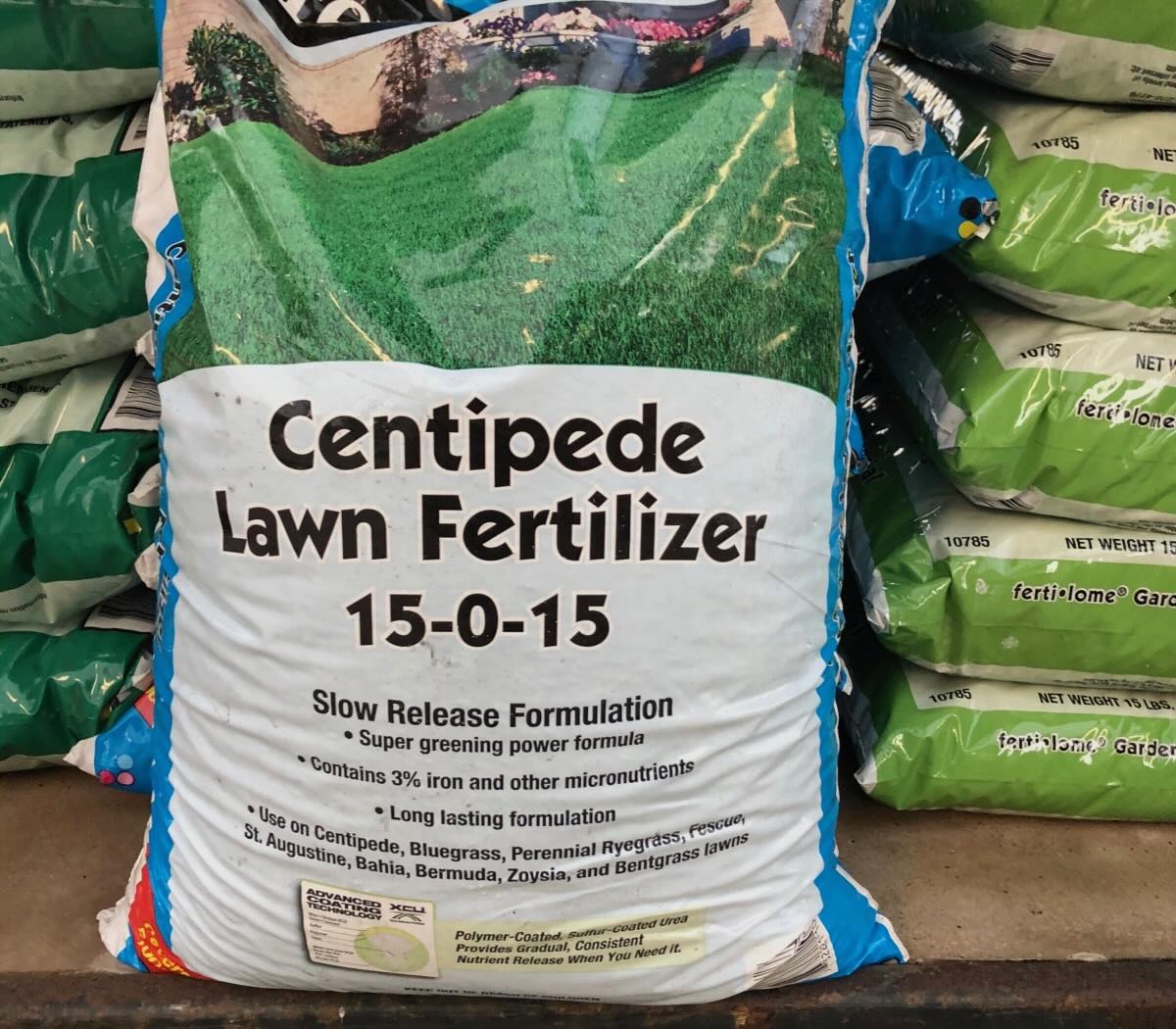
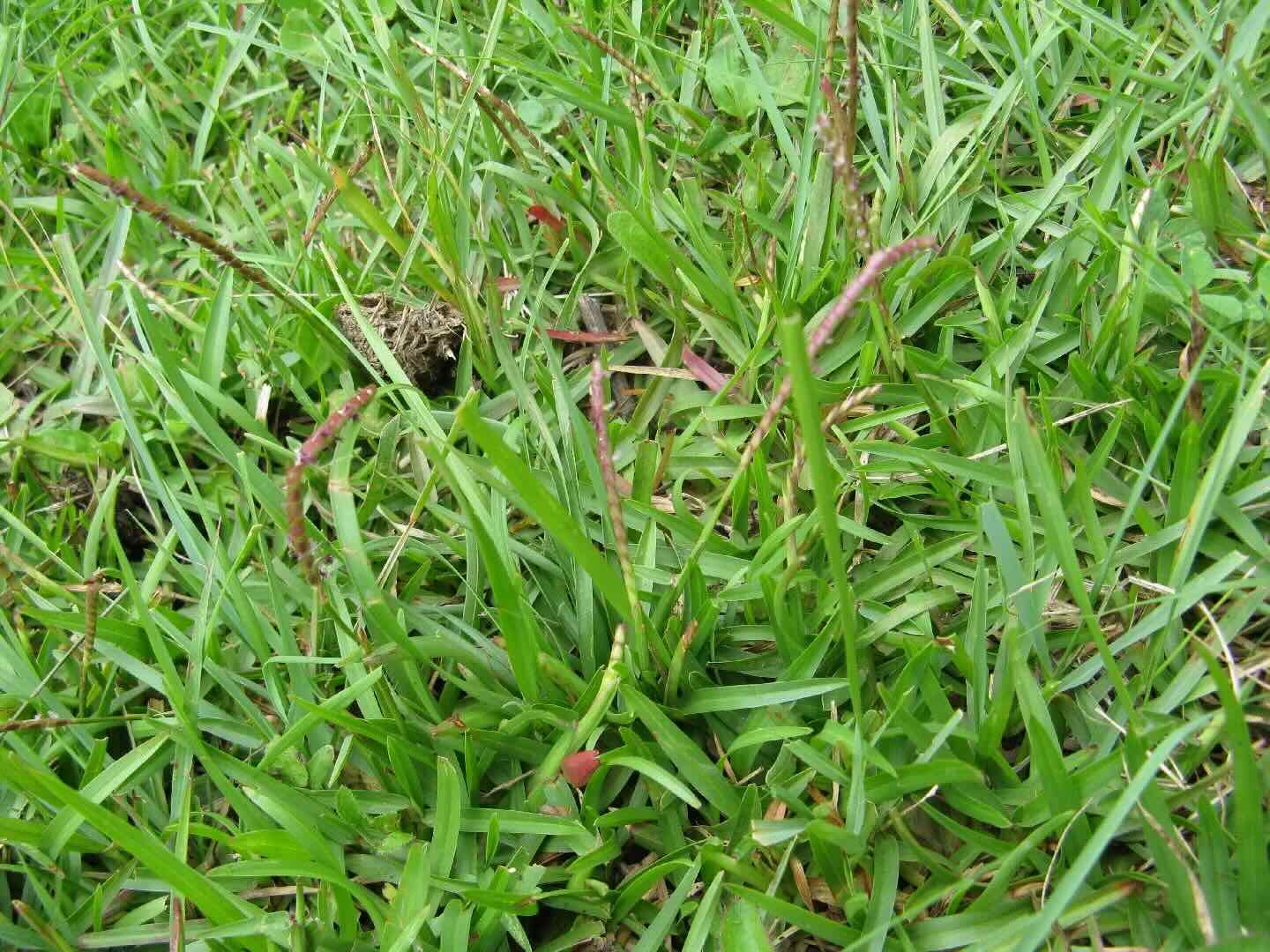
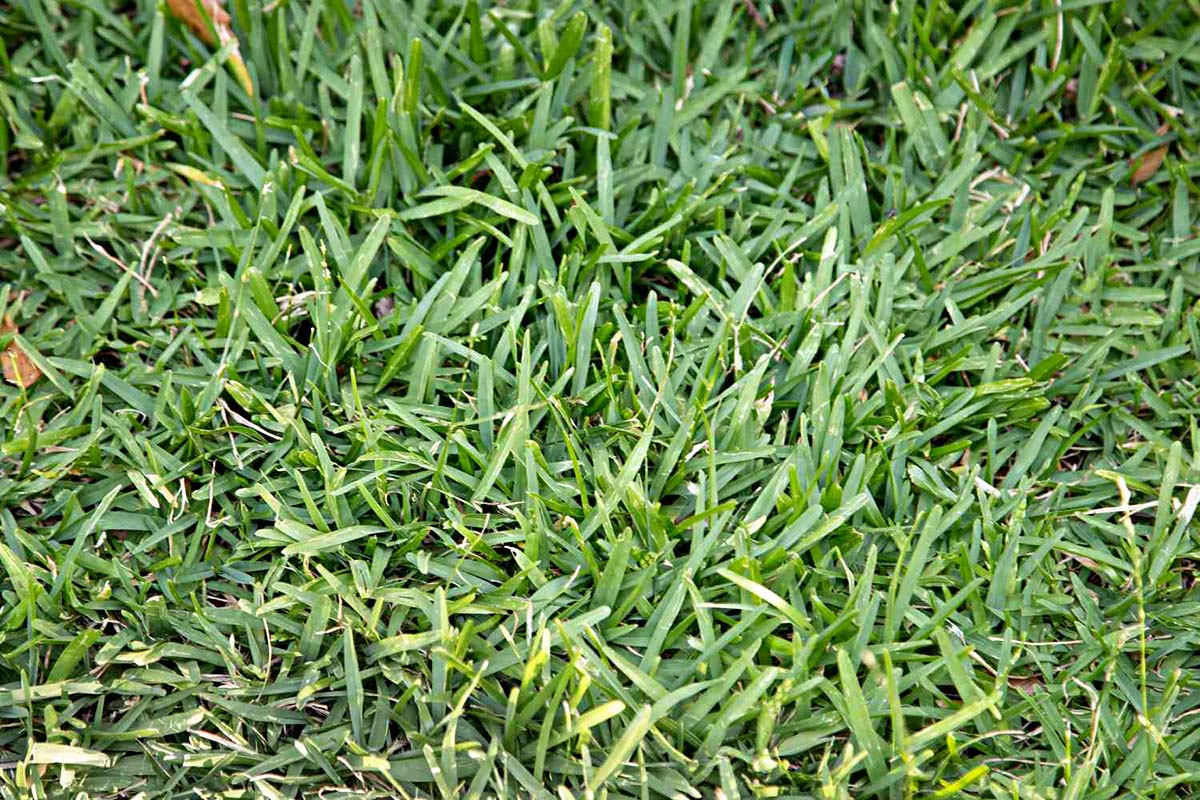
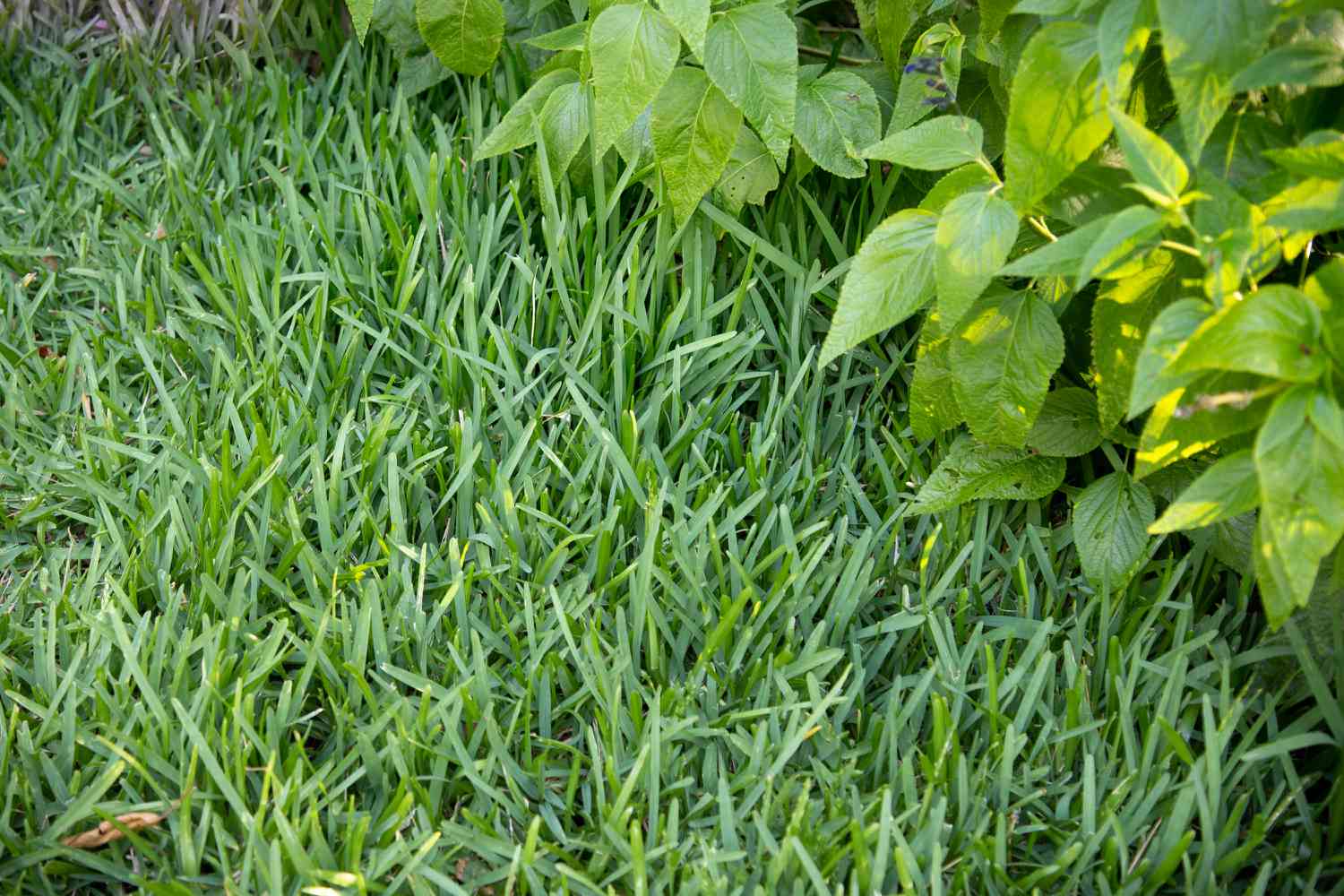
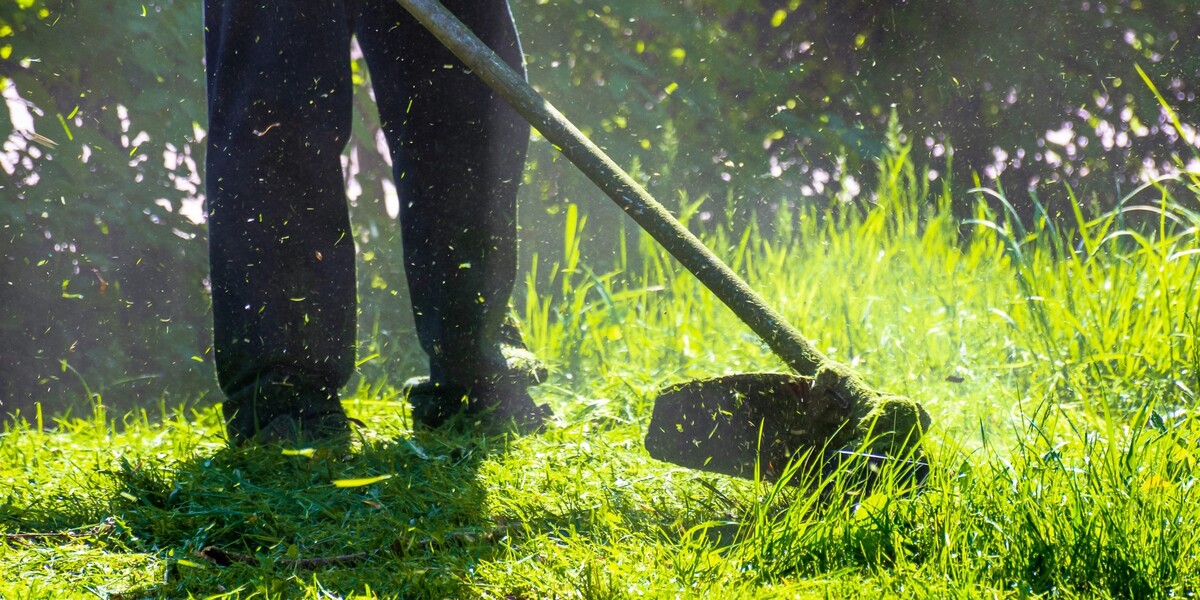
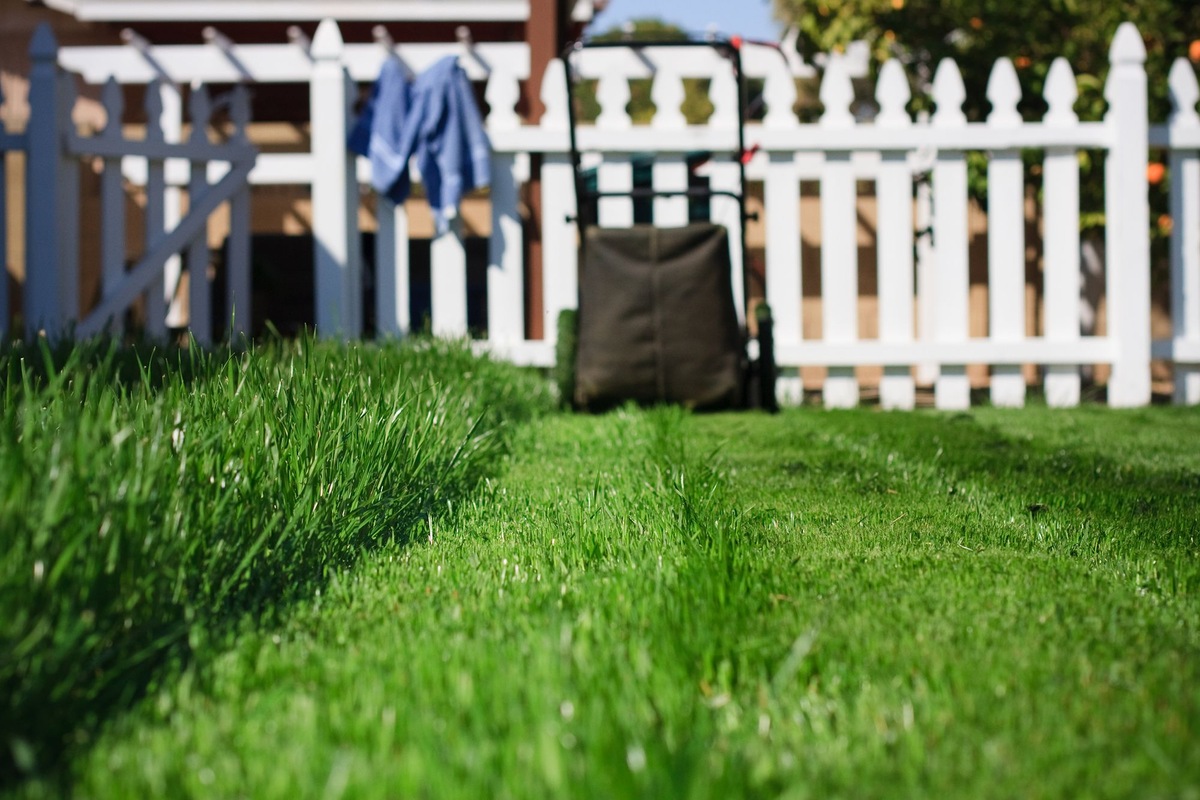
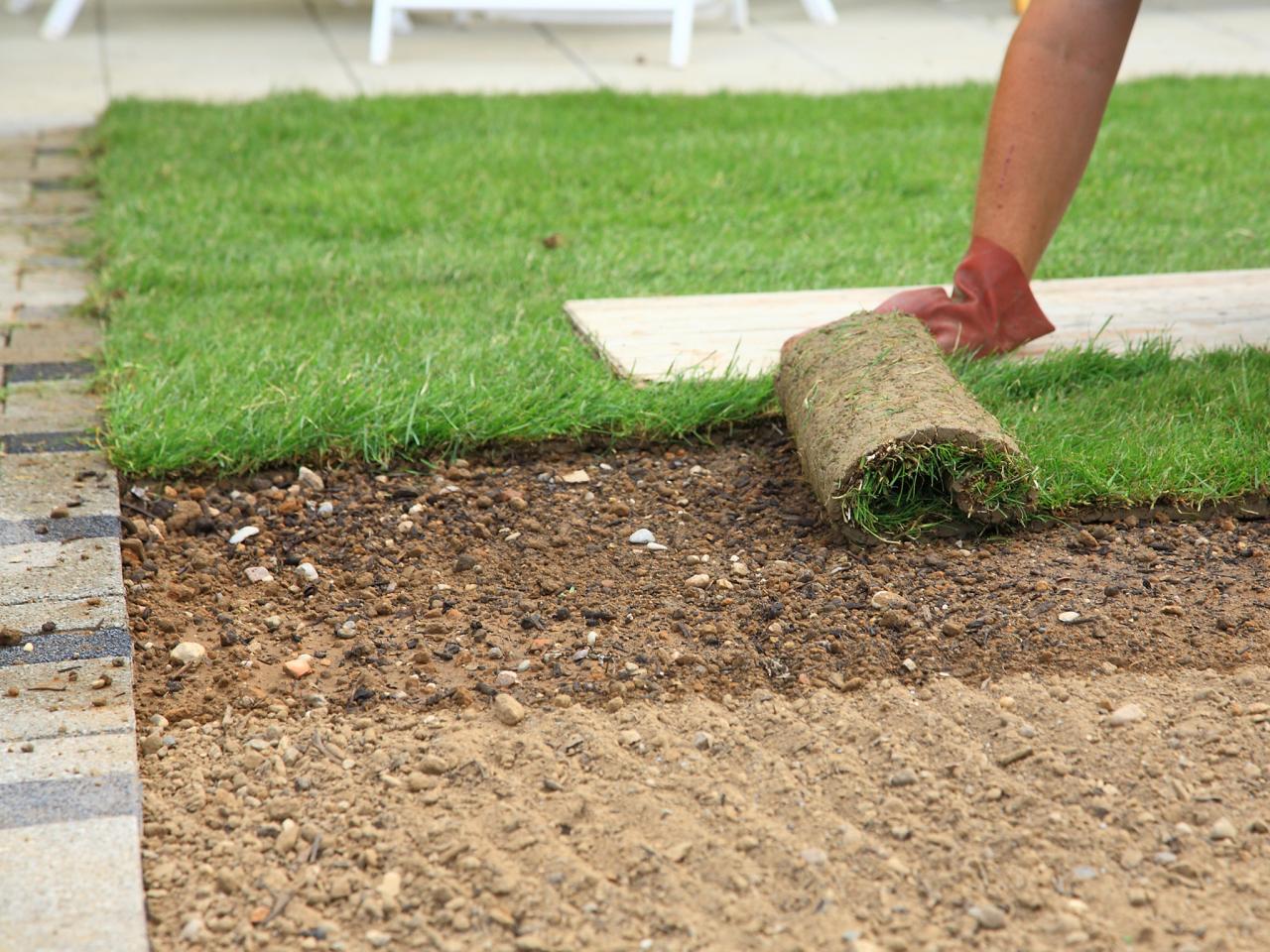

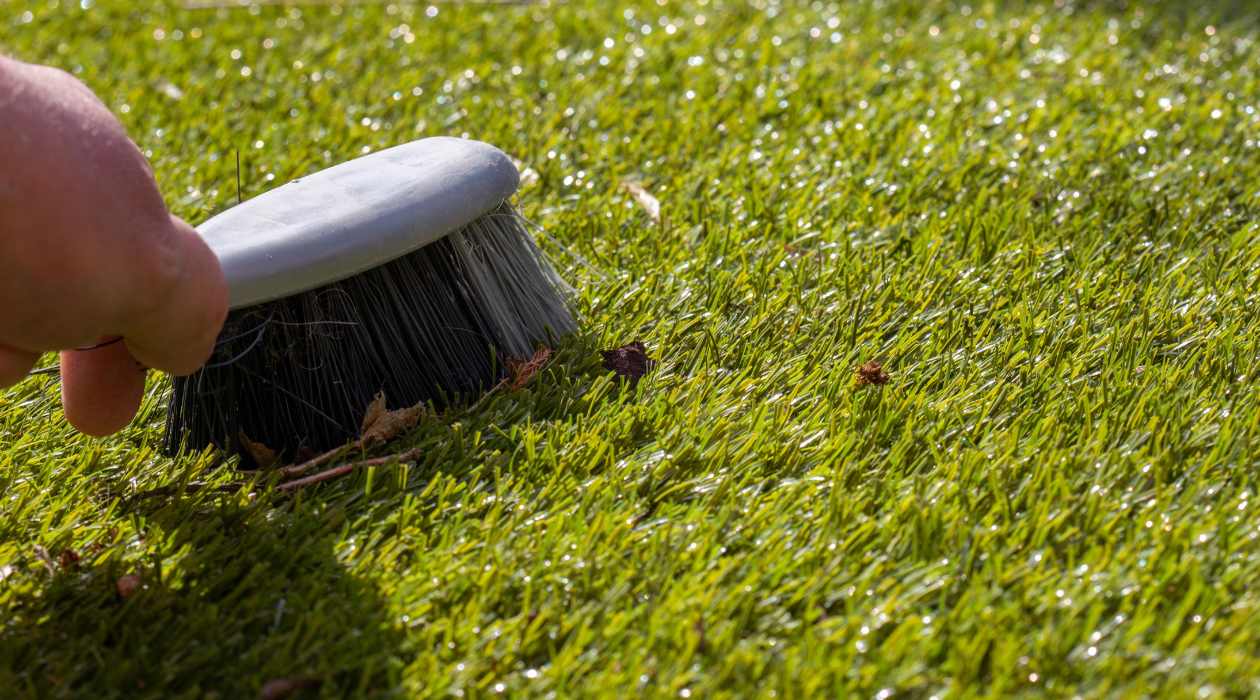

0 thoughts on “How To Take Care Of Centipede Grass”